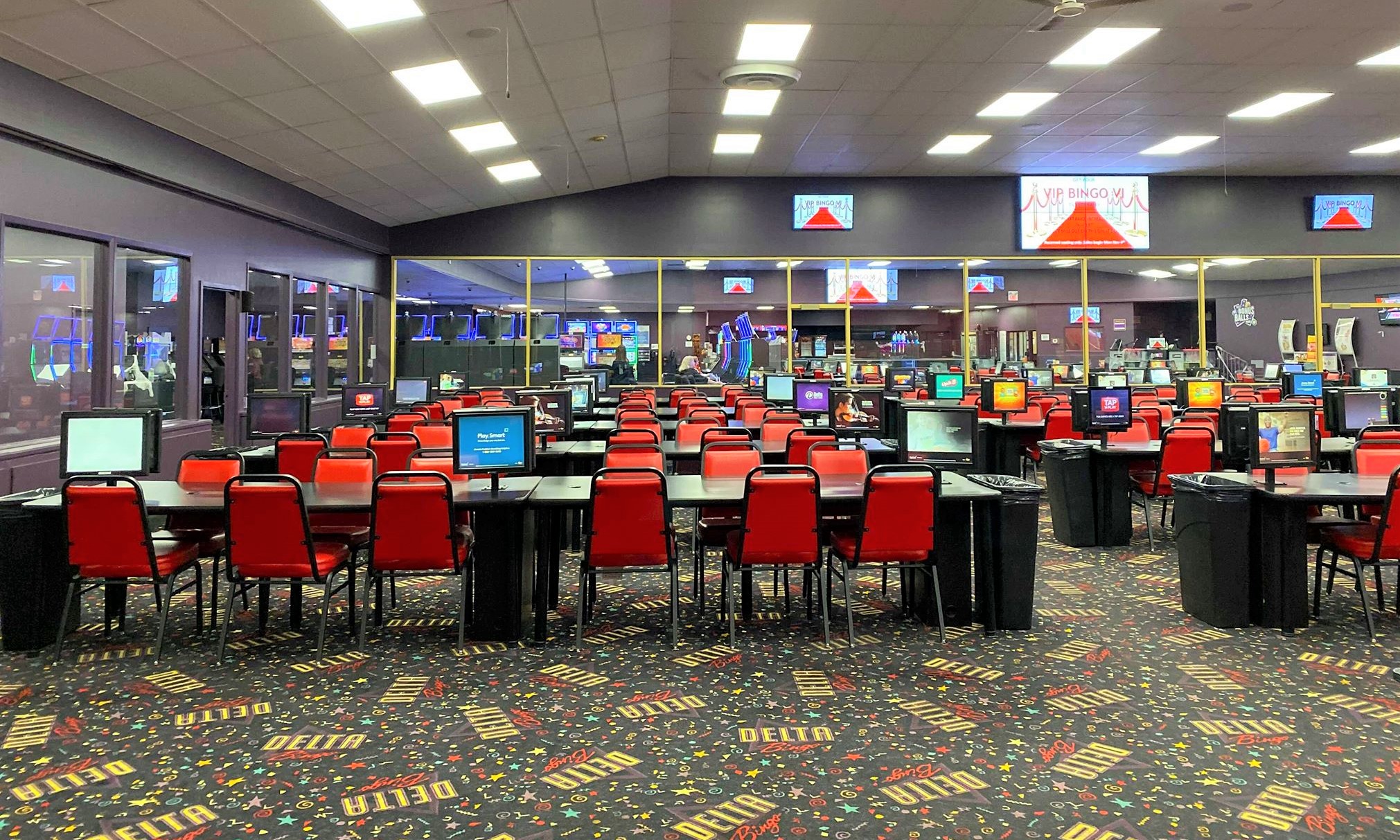Illuminating the Impact of Lighting Circumstances on Motion Identification Accuracy and Dependability
Illuminating the Impact of Lighting Circumstances on Motion Identification Accuracy and Dependability
Blog Article
Illumination conditions have a crucial role in the way effectively we can perceive movement. Movement detection is a key aspect of various systems, including surveillance cameras, automatic lighting systems, and even some video games. Understanding the ways different illumination conditions influence our ability to perceive motion can help improve the design and effectiveness of these technologies. For example, poor lighting might lead to missed movements or false alarms, while ideal illumination can enhance the accuracy of motion detection technologies.
In bright illumination environments, motion detection is typically more accurate. As there is ample illumination, sensors and cameras can obtain clearer images, which assists in identifying dynamic objects. Well-lit environments allow for better contrast between the dynamic object and the surroundings. This contrast is crucial for both visual observers and automated technologies, as it makes it simpler to differentiate between stationary and dynamic objects in a scene. Therefore, ensuring that spaces are well-lit can greatly improve the effectiveness of motion detection technologies.
Conversely, low-light environments can present difficulties for movement detection. In low-light settings, shadows can hide moving elements, which makes them difficult to detect. Additionally, the eye struggles to detect movement in dim conditions, which can lead to misunderstanding of what is happening in the surroundings. Cameras may also face difficulties, as many do not function well in dim conditions without the use of infrared technology or alternative enhancements. These limitations highlight the significance of adequate illumination in settings where motion detection is essential.
Moreover, various types of lighting can have different impacts on movement detection. For instance, neon lights can flash, which might mislead motion detection technologies that depend on consistent light input. On the contrary, daylight provides a steady form of illumination that improves visibility. Understanding see this website these variations in lighting types can guide operators in selecting the most suitable illumination for specific applications, especially in surveillance and surveillance scenarios.
In conclusion, the connection between lighting conditions and movement detection precision is important. By ensuring that environments are appropriately lit, we can enhance the dependability of movement detection technologies. This knowledge not only benefits tech applications but also enhances security and safety in multiple environments. As further developments are made in motion detection technology, considering lighting conditions will remain a vital consideration in enhancing effectiveness and advice guaranteeing that these technologies function effectively in different environments.